
Introduction
With electricity costs on the rise and environmental concerns becoming ever more pressing, an increasing number of homeowners are turning to solar power as a smart, sustainable, and cost-effective solution. But how much could you actually save by making the switch to solar in 2024? Let’s delve into the financial benefits of going solar and how much money can solar power save.
Initial Investment in Solar Power
To grasp the savings solar power offers, it’s essential to first understand the initial investment. In 2024, the average cost of installing a solar power system in Australia ranges from AUD 5,000 to AUD 10,000 for a typical residential setup, depending on the system size and location. However, various government incentives and rebates can significantly reduce this upfront expense, making the transition to solar even more accessible.
What are some of the factors affecting Solar Power Savings?
Switching to solar power can unlock substantial financial savings, but the exact amount depends on a variety of factors. By understanding these key elements, you can make informed decisions and fully capitalize on the potential savings that solar power offers.
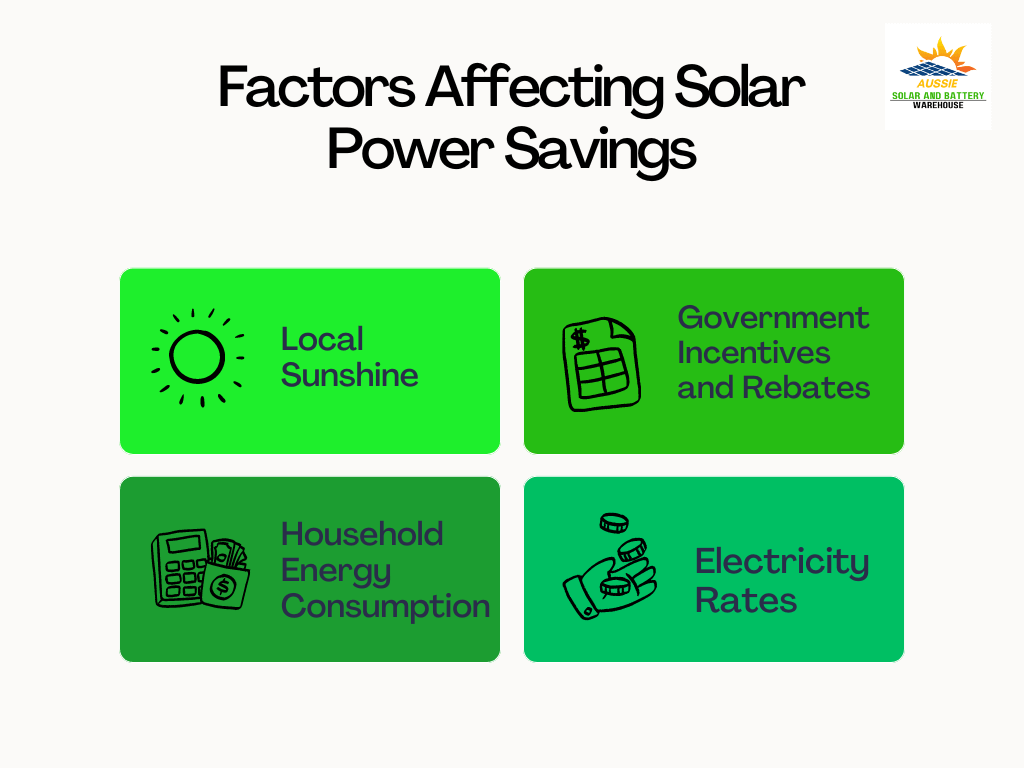
Local Sunshine
Local solar insolation, or the amount of sunlight reaching your location, plays a crucial role in solar power efficiency. Areas with higher solar insolation, like Queensland and the Northern Territory, enjoy more sunlight, enabling solar panels to generate more electricity. This results in greater potential savings compared to regions with lower insolation, such as the southern states of Australia.
Government Incentives and Rebates
Australia offers a range of incentives to encourage the adoption of solar energy, which can significantly reduce the upfront cost of installation:
- Small-Scale Technology Certificates (STCs): These are a vital part of Australia’s Renewable Energy Target (RET) and can slash the cost of installing a solar power system by thousands of dollars.
- State-Based Rebates: Some states, such as Victoria and South Australia, provide additional rebates and incentives to further lower the cost of going solar.
To explore these opportunities in detail, check out our blog on Government Incentives and Rebates.
Household Energy Consumption
The amount you save with solar power is heavily influenced by your household’s energy consumption patterns. Homes that use a lot of electricity during the day, when solar panels are most productive, can offset more of their electricity usage, leading to higher savings. Additionally, incorporating energy-efficient appliances and practicing mindful energy consumption can further boost your savings.
Electricity Rates
The electricity rates in your area are another critical factor in determining your savings. Higher electricity rates mean that the energy generated by your solar panels is more valuable. Here are the standing offer prices for electricity across various states in Australia as of 2024:
- South Australia (SA): 34.14 c/kWh
- Australian Capital Territory (ACT): 27.58 c/kWh
- New South Wales (NSW): 27.57 c/kWh
- Victoria (VIC): 25.19 c/kWh
- Tasmania (TAS): 25.04 c/kWh
- South East Queensland (SEQ): 19.46 c/kWh
How Much Money Can Solar Power Save?
Switching to solar power can lead to significant monthly savings on your electricity bills, often reducing costs by 50% to 90%. These savings occur because solar panels generate electricity directly from sunlight, minimizing your reliance on the grid. As a result, your monthly out-of-pocket expenses for electricity can decrease substantially, offering one of the most immediate financial benefits of going solar.
For detailed information about how much money can solar power save please see following table:
| State | Average Electricity Bill( Monthly) | Average Monthly Savings |
| Victoria (VIC) | $131 / month | $66 – $118. |
| New South Wales (NSW) | $152 / month | $76 – $137 |
| South-East Queensland (QLD) | $164 / month | $82 – $ 148 |
| Western Australia (WA) | $187 / month | $94 – $ 168 |
| South Australia (SA) | $190 / month | $95 – $171 |
Annual Savings: These monthly savings add up over the year, leading to significant annual reductions. With an average reduction of AUD 1,200 to AUD 2,160 annually, solar power can significantly lower your annual household expenses. These savings stem from the consistent generation of renewable energy, which offsets the need for grid electricity throughout the year. Additionally, some regions offer incentives and rebates that can further enhance these savings.
For detailed information please see following table:
| State | Average Electricity Bill( Annually) | Average Annually Savings |
| Victoria (VIC) | $1,571 / year | $792 – $1,416 |
| New South Wales (NSW) | $1,827 / year | $912-$1,644. |
| South-East Queensland (QLD) | $1,969 / year | $984 – $1,776 |
| Western Australia (WA) | $2,252 / year | $1,128 – $2,016 |
| South Australia (SA) | $2,279 / year | $1,140 -$2,052 |
Long-Term Financial Benefits
The lifespan of a solar power system is typically 25 to 30 years, which means long-term savings can be substantial. Assuming an average annual saving of AUD 1,800, you could save approximately AUD 45,000 to AUD 54,000 over 25 years. These long-term savings not only cover the initial investment in the solar power system but also provide significant financial returns. Moreover, installing solar panels can increase property values, as homes equipped with solar systems are often more attractive to buyers. In addition to financial savings, solar power offers protection against rising electricity costs, ensuring more predictable and manageable energy expenses over the decades. This combination of immediate, annual, and long-term financial benefits makes solar power a smart and sustainable investment for the future.
Conclusion
Investing in solar power in Australia in 2024 offers substantial financial savings. By taking advantage of government incentives, slashing your monthly electricity bills, and boosting your property value, the economic benefits of going solar are undeniable. Plus, you’ll shield yourself from rising energy costs while making a positive impact on the environment.
Ready to Start Saving?
If you’re considering solar installation for your home or business, contact us at 1300 559 829 or email at sales@aussiesolarbattery.com.au for a free consultation and personalized quote. Let’s help you harness the power of the sun and start saving today!

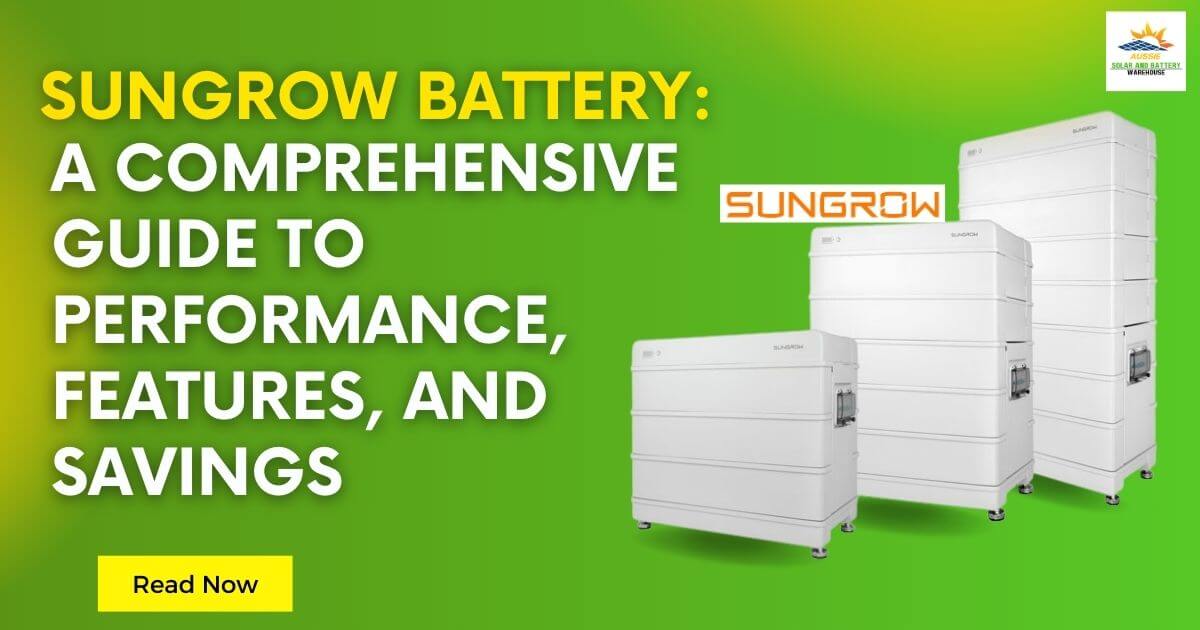
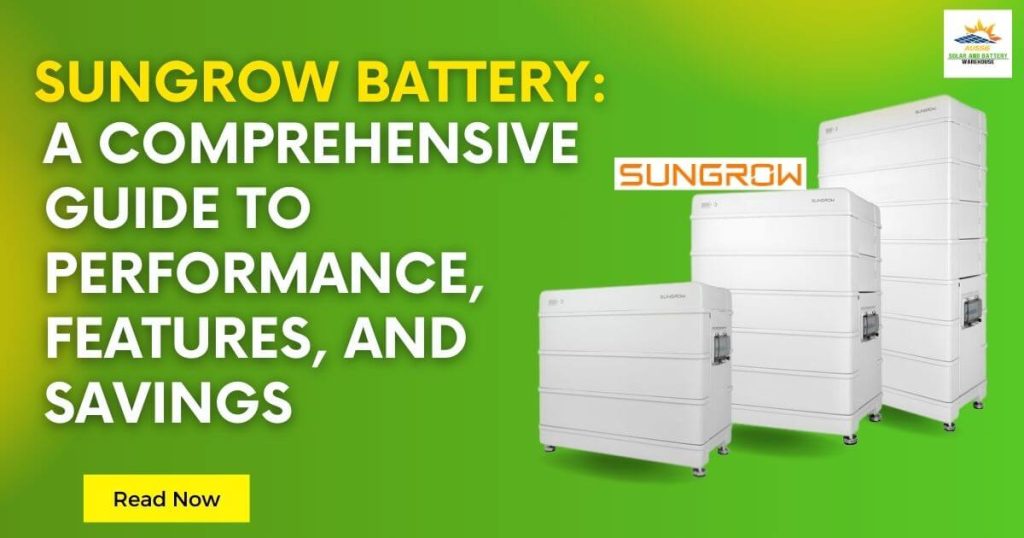
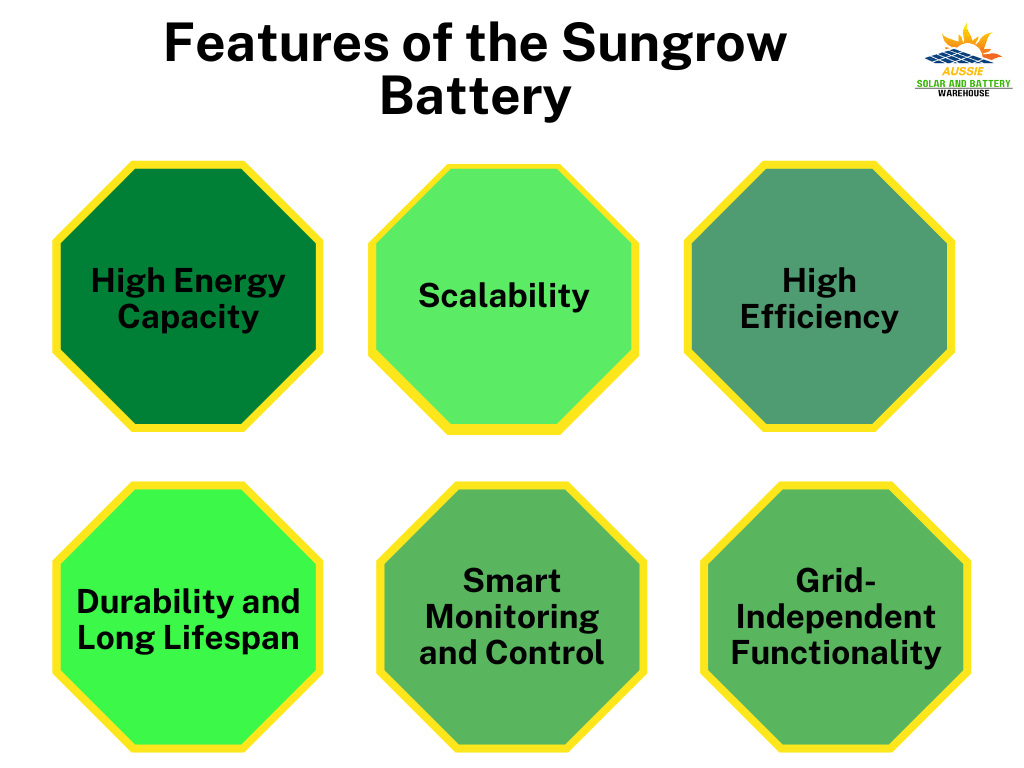
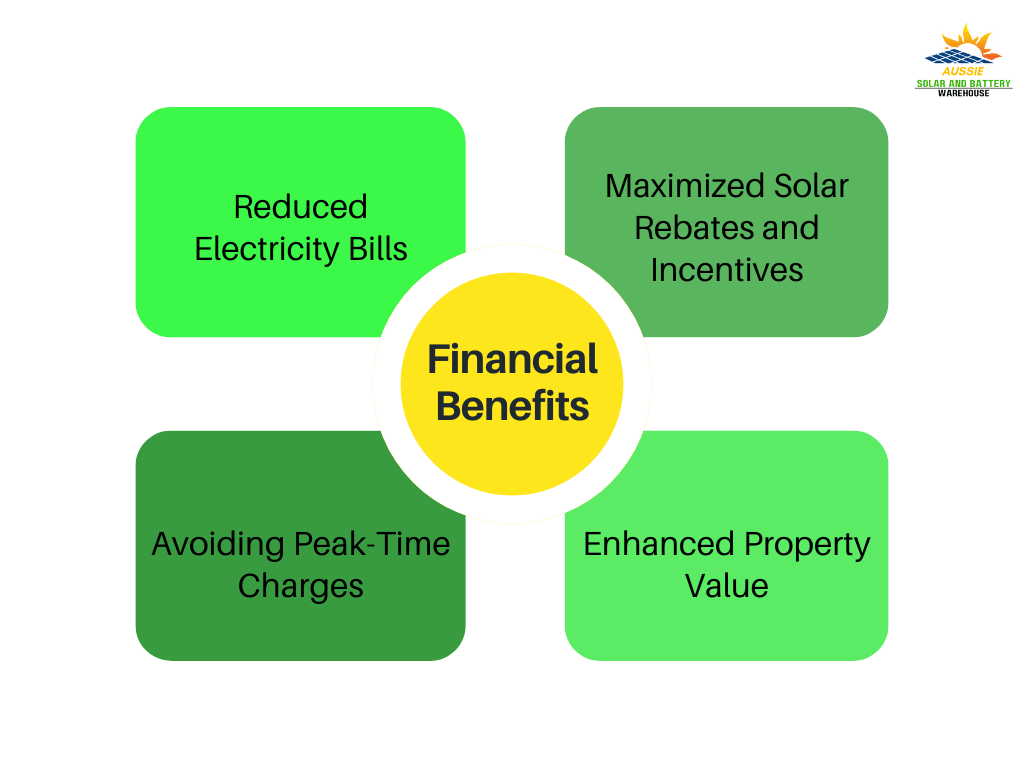
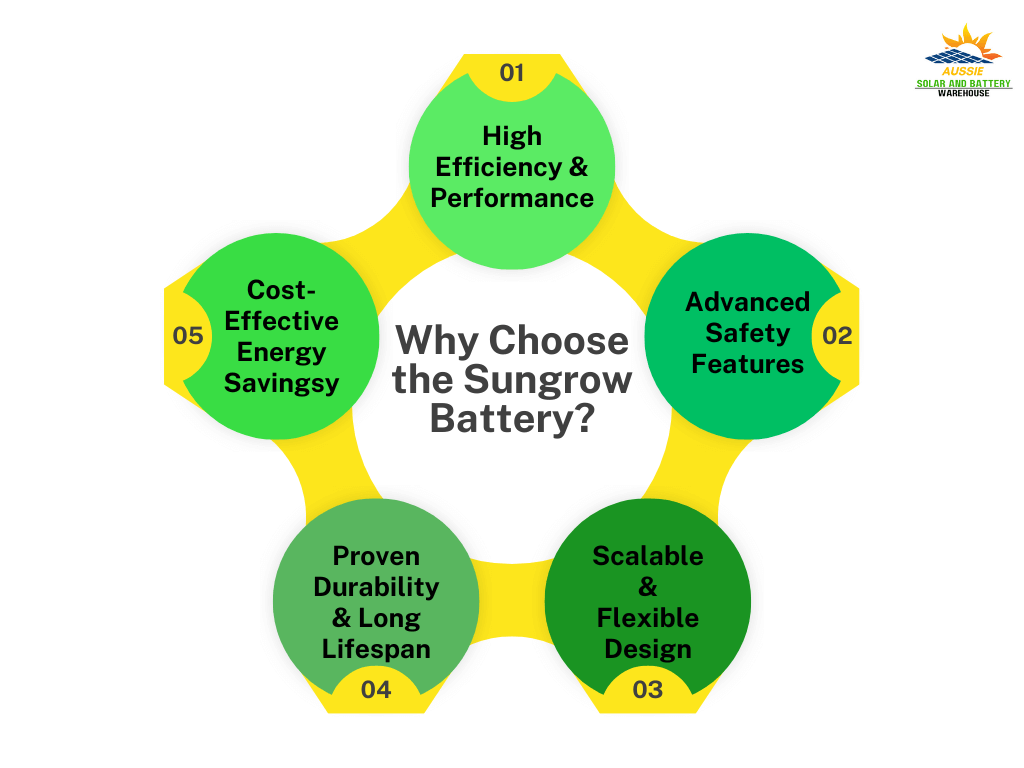

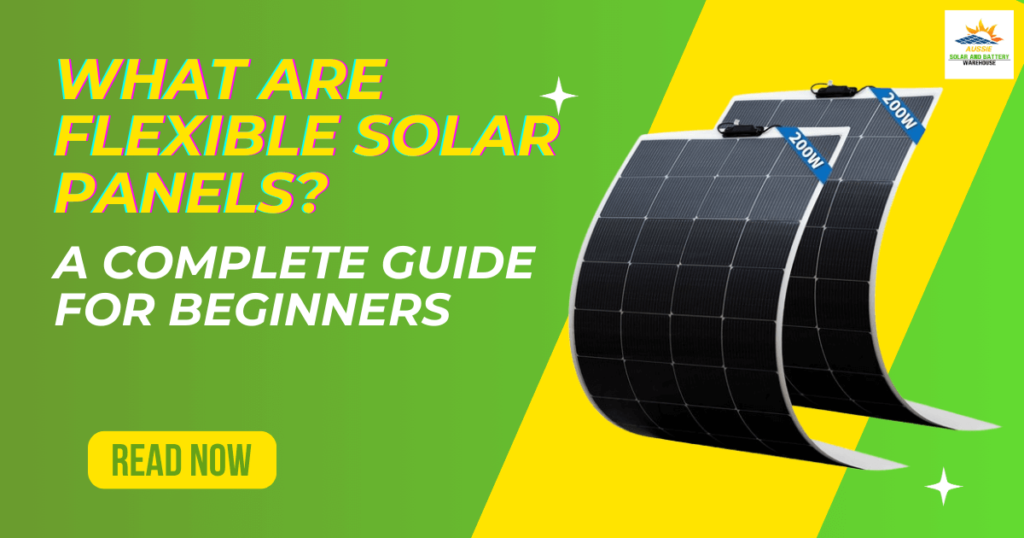
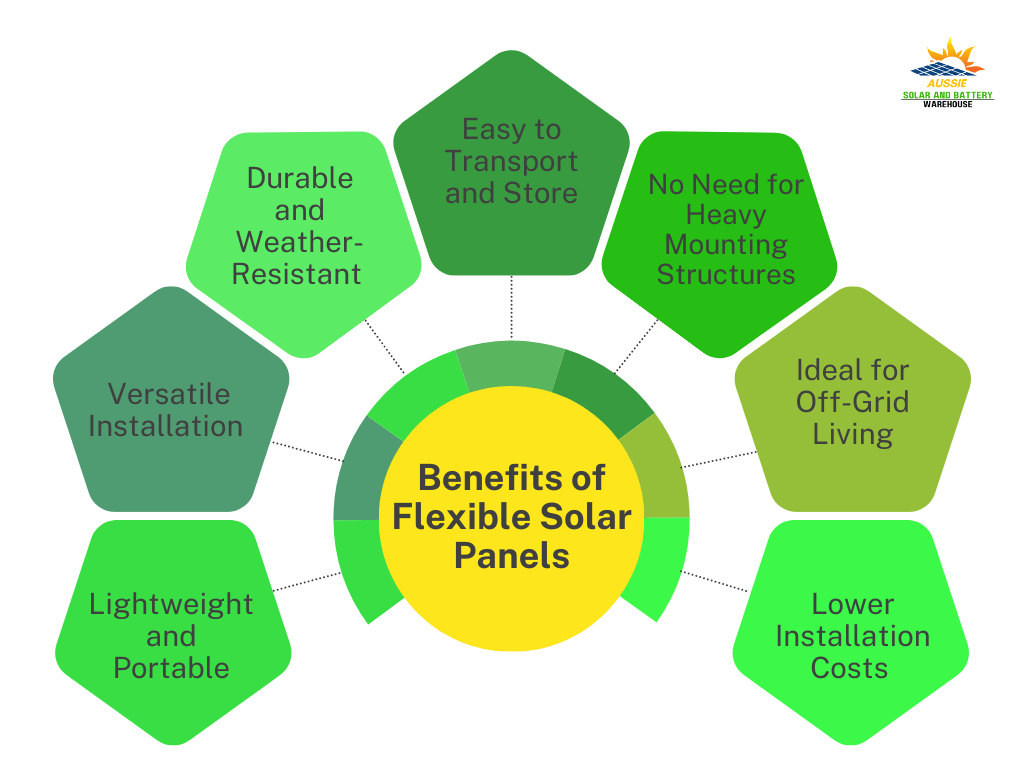

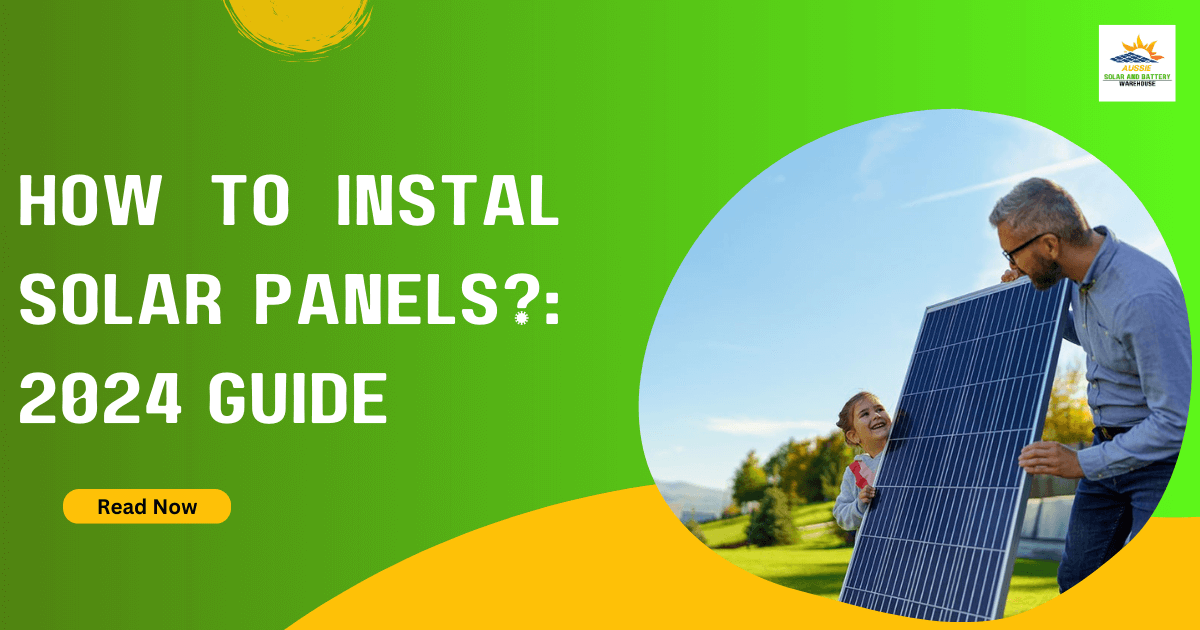
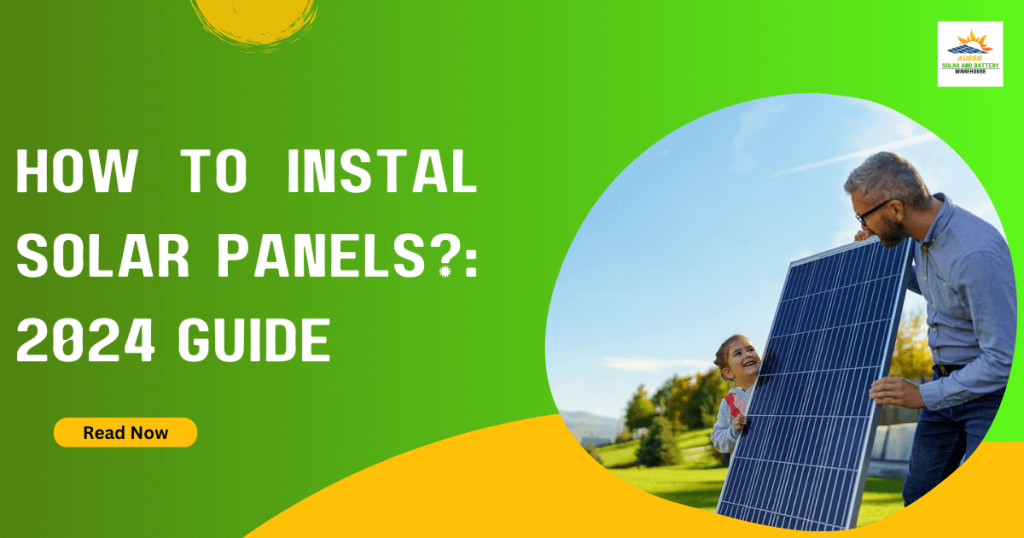

2 Replies to “How Much Money Can Solar Power Save in 2024?”